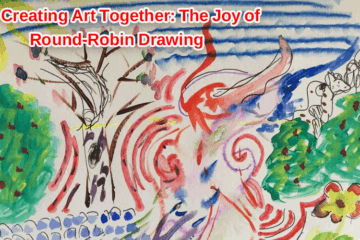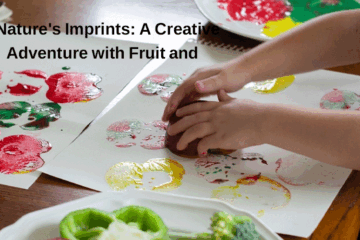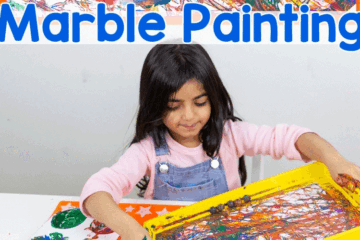“Storybook Painting” is a delightful and imaginative activity that allows children to bring their favorite storybooks to life through art. Here’s how you can guide kids through this creative journey:
Materials You’ll Need:
- Storybooks
- Paper or canvas
- Paints (watercolors, acrylics, or tempera)
- Paintbrushes
- Water cups and palette (if using watercolors or acrylics)
- Aprons or old clothes to protect clothing
- Table cover to prevent mess
Steps:
- Choose a Storybook: Begin by selecting a favorite storybook that the kids are familiar with and love. The story’s characters, settings, and scenes will serve as the inspiration for their paintings.
- Select Scenes or Characters: Discuss with the children which scenes or characters from the story they would like to paint. Encourage them to think about the colors, emotions, and details associated with each choice.
- Prep the Workspace: Lay down the table cover to protect the surface. Provide each child with a canvas or a sheet of paper, along with the necessary painting materials.
- Explore the Book: Look at the illustrations and discuss the characters’ appearances, surroundings, and any specific details that stand out.
- Sketching (Optional): Depending on the children’s age and skill level, they can choose to sketch a rough outline of the scene or character they want to paint. Alternatively, they can go directly to painting if they prefer.
- Painting Time: Encourage the kids to use their imagination and creativity to paint the scene or character. They can experiment with colors, shapes, and techniques to capture the essence of the story.
- Details and Emotions: Guide the children to pay attention to details that make the scene come to life. If they’re painting a character, they can focus on the expressions and emotions.
- Expressing Interpretation: Remind the kids that they are interpreting the story in their own unique way. They don’t need to replicate the illustrations exactly – their personal touch is what makes the artwork special.
- Drying: Allow the paintings to dry completely before moving or displaying them.
- Share and Discuss: After the paintings are dry, encourage the kids to share their creations with each other. Have a mini art exhibition where they talk about their choices and what they enjoyed most about the process.
Benefits:
- Encourages creativity and imagination.
- Enhances storytelling skills as kids visually interpret the story.
- Develops fine motor skills through painting and brushwork.
- Fosters a deeper connection with literature and characters.
- Boosts confidence as kids see their ideas come to life on canvas.
Conclusion:
“Storybook Painting” is a wonderful way to combine literature and art, allowing children to engage with their favorite stories in a new and exciting way. It’s a magical journey where the pages of a book transform into a canvas of colorful creativity.





